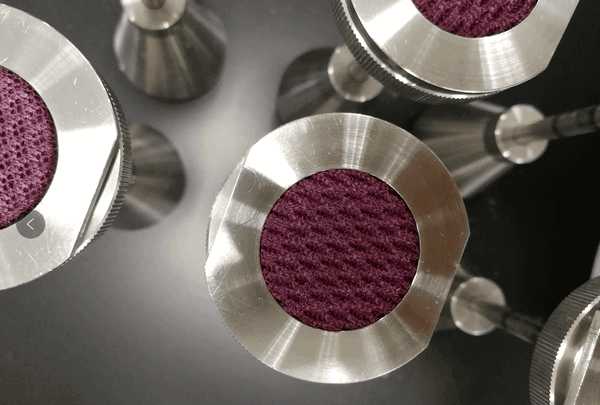- Qinsun Instruments Co., Ltd.
- Tell:+86-21-6780 0179
- Phone:+86-17740808215
- Address:No. 2578 Minhang District Gu Dai Road, Shanghai
- Contact:Mr. Li
- QQ:846490659
Selection of fully automatic colony counting/analyzer

Colony counter/analyzer is an instrument that helps experimenters count colonies, reducing their labor intensity, improving work efficiency, and improving work quality.
For users with low requirements for accuracy, manual or semi-automatic colony counters can be considered.
For users with high budget requirements, a fully automated colony counting/analyzer equipped with colony analysis, measurement, classification, and other functions can better meet their needs.
Selection of fully automatic colony counting/analyzer
① Selection of imaging hardware
Imaging hardware is used to obtain clear and effective colony images for analysis and counting. The current imaging hardware includes photographic imaging and scanning imaging. The advantages of using a camera for imaging are: fast imaging speed, ensuring the acquisition of colony images within 0.5 seconds. The advantages of using SLR cameras and card machines for imaging are that they can autofocus and generally have higher pixel resolution, but their imaging takes 3-4 seconds. However, the fatal weakness of photographic imaging is that the intensity of light in the imaging environment, whether it is dark field or backlight, is relatively difficult to achieve complete consistency between the image center and edges. This can cause inconsistency in brightness on the petri dish. In response to the interference of environmental light in imaging, the instrument lighting system has been designed with precision. The upper and lower light sources adopt a wide LED soft light system, combined with a "suspended dark field" imaging system. This not only eliminates the refracted light spots of the glass culture dish, but also changes the light ratio, making the wrinkles, indentations, and serrations on the surface of the colony more three-dimensional. Scanning imaging is different from creating a uniform surface light source in a lightbox. It turns a line light source into a surface light source by moving it, and the light intensity is relatively uniform. Its uniformity is usually one order of magnitude higher than that of a surface light source in a photo lightbox. This solves the problem of uneven brightness of colony targets from the perspective of imaging hardware. However, scanning only has a flat effect and cannot display fine colonies on the surface and deep layers of the culture medium, And it cannot display various aspects such as colony color, which poses certain difficulties for observation and analysis. With the development of technology, the emergence of high-definition CMOS and CCD, combined with high-definition lenses, has high reproducibility and clarity of colony colors, which can solve some complex colony counting problems. This type of product is increasingly favored by research institutions, testing departments, colleges and universities, etc.
② Selection of Analysis Software
The analysis software is another core component of the fully automatic colony counter. Due to the diversity of colony organisms, their performance or imaging on the culture medium cannot be generally consistent. In response to such changes, the selection of analysis software should consider the automatic elimination ability for various imaging interferences. For example, whether the background can be automatically corrected, and so on. In addition, the level of automatic segmentation of heavily adhered clustered and chain distributed bacterial colonies is also a consideration indicator for evaluating and analyzing software. Especially, the intelligent classification and counting ability for the same type of colony with just one click, as well as the automatic recognition and learning ability for colony counting and classification, are key considerations for evaluating and analyzing software.





